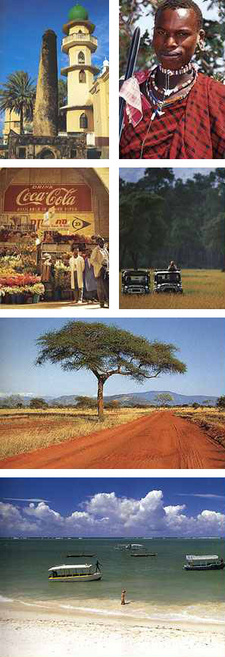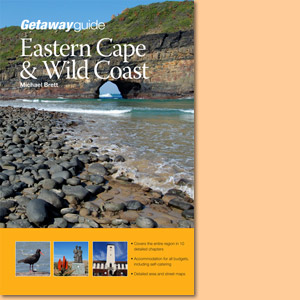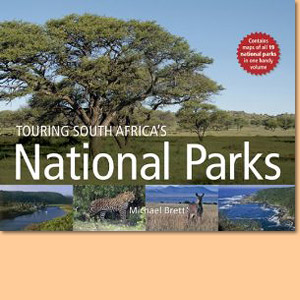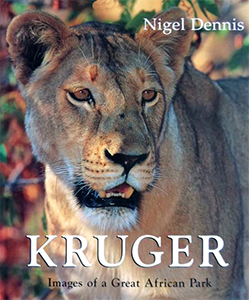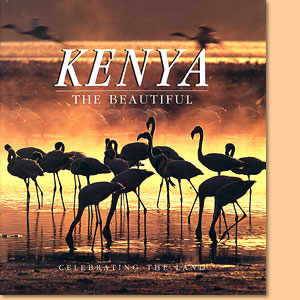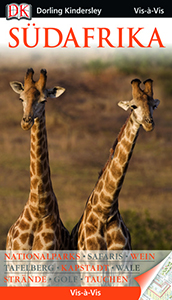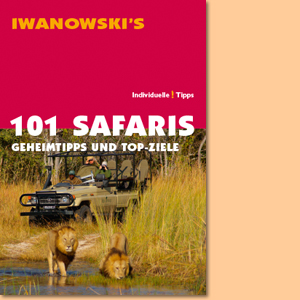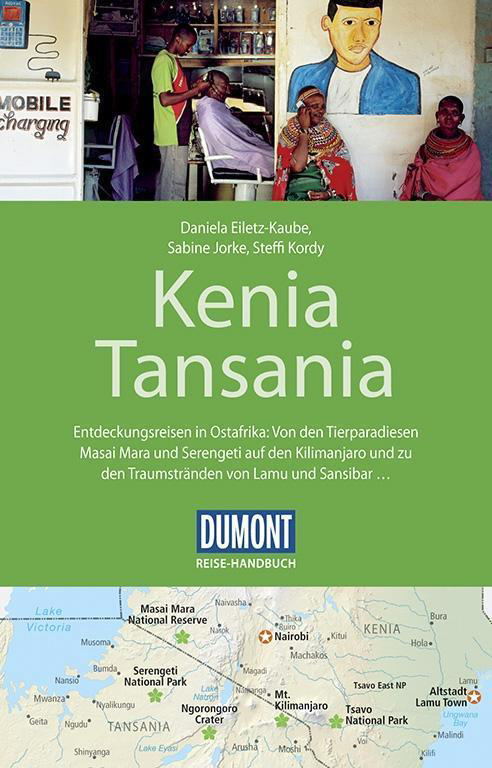Kenya: The Beautiful, by Michael Brett
Introduction by Michael Brett: Kenya accounts for less than two per cent of Africa's 30-million square-kilometre landmass.
Yet every year, many tourists from Europe and North America are drawn to a land rich in human history, culture, scenic grandeur and, in the closing years of the twentieth century, a land that still contains spacious wildlands little influenced by the march of progress. On the extensive prairies and in the forests of North America, 11 species of deer and antelope can be found. In Africa, 77 antelope species occur, half of which may be seen in Kenya. This proliferation of antelope, supplemented by herds of zebra, giraffe, wild pig, rhino, elephant and a dozen primates, supports the predators for which Kenya's savannas are world renowned: lion, leopard, cheetah, hyena, wild dog and jackal. Apart from the mammals, 1 035 of the world's 9 000 bird species occur in Kenya.
Jomo Kenyatta International Airport in Nairobi is most visitors' first destination in Kenya. From the busy arrival hall of the airport, situated l6 kilometres southeast of central Nairobi, a six-lane highway crosses the corn-coloured grasslands of the Athi Plains. Having joined the Nairobi to Mombasa road, the route heads towards the distinctive skyline of Nairobi's busi-ness district. While the symbols of modern urbanity are everywhere apparent, a Masai giraffe may be spotted feeding on an acacia bush at the roadside.
Only a few years ago, the airport highway had to be closed after lions had occupied the road. At first sight, Nairobi is an impressive city. The airport road carries the visitor down tree-lined Uhuru Avenue's wide carriageway To the left, Uhuru Park cuts a green swathe between the city centre and the suburbs to the west. To the right, along Uhuru Avenue, imposing buildings erected since independence hint at the concentration of economic power in the city.
However, even by African standards the central business district of Nairobi is small. Bounded by Uhuru Highway to the west, the railway and station to the south, and Nairobi River to the northeast, Kenya's economic and political centre covers an area of less than four square kilometres. However, central Nairobi's compactness can be deceiving - the city's extensive suburbs cover 500 square kilometres and are now home to nearly two million people. Nairobi has its origins in the decisions of a railway engineer.
In 1896 British colonial interests in East Africa centred on the construction of a railway from Mombasa to Uganda. It took six years to construct the railway from the coast to Lake Victoria. The cost of laying 1 000 kilometres of track was estimated at £3.6 million which was an excessive amount of money at the time. In fact, the final costs totalled a staggering £7.9 million. Within the British parliament, opposition members denounced the railway project, and it was not long before it became christened 'The Lunatic Line'.
Some 30 000 Indian labourers were shipped from Bombay to Mombasa and construction of the railway went ahead, but not without incident. At the bridge over the Tsavo River - now within Kenya's largest national park - two man-eating lions killed 28 workmen before being destroyed by one Colonel Patterson, who had been ordered to Tsavo in 1898 to take charge of the construction of the bridge. His adventures are recalled in The Man-Eaters of Tsavo. After ascending from the coastal plain and the impenetrable scrub thickets of Tsavo, the railway followed a direct route across the open Athi Plains. To the north, the country was hilly and inhabited by Kikuyu farmers; to the south, the parched savannas of Maasailand lacked permanent watering points.
The Nairobi River offered the most southerly supply of permanent water, and so the engineers plotted a route that attempted to take these factors into account. Thus it was that the railway reached Mile 327 and the valley known to Maasai herders as Ewaso Nyrobi, or 'stream of cold water', on 30 May 1899. [...]
This is an extract from the book: Kenya. The Beautiful, by Michael Brett
Book title: Kenya. The Beautiful
Author: Michael Brett
Struik Publishers
Cape Town, South Africa 1995
ISBN 9781853685576
Hardcover, dust jacket, 24x29 cm, 176 pages, throughout colour photos
Brett, Michael im Namibiana-Buchangebot
Getaway Guide to Eastern Cape and Wild Coast
Authoritative and comprehensive, the Getaway Guide Eastern Cape and Wild Coast will help you to make the most of your visit to this region.
Touring South Africa's National Parks
Touring South Africa's National Parks includes information that has never before appeared in print, along with 25 comprehensive maps that contain up-to-date data.
Kruger. Images of a Great African Park
Images of a great African park introduces the rich diversity of Kruger National Park in South Africa.
Kenya. The Beautiful
Kenya. The Beautiful evokes Kenya's people and their tribal traditions, its history, nature, cities, game parks and tropical offshore island.
Südafrika (Vis-à-Vis-Reiseführer)
Der Vis-à-Vis-Reiseführer Südafrika zeigt die ganze Schönheit Südafrikas auf mehr als 1200 farbigen Fotos, 3D-Zeichungen und Illustrationen.
Weitere Buchempfehlungen
101 Safaris. Geheimtipps und Top-Ziele (Iwanowski)
Iwanowski schlägt 101 Afrika-Safaris, Geheimtipps und Top-Ziele in Südafrika, Namibia, Botswana, Kenia, Tansania, Sambia, Mozambik, Simbabwe und Äthiopien vor.
Kenia Tansania (Dumont Reise-Handbuch)
Das ausführliche DuMont Reise-Handbuch beschreibt Kenia und Tansania flächendeckend und ist nach Reiseregionen gegliedert.

